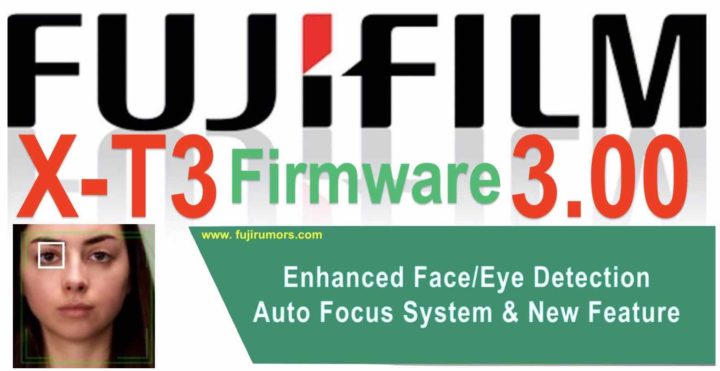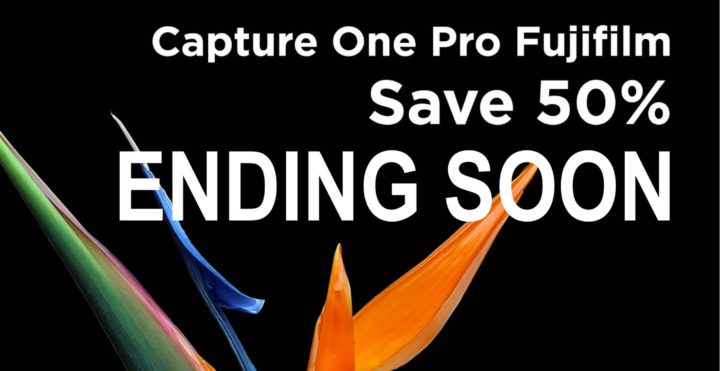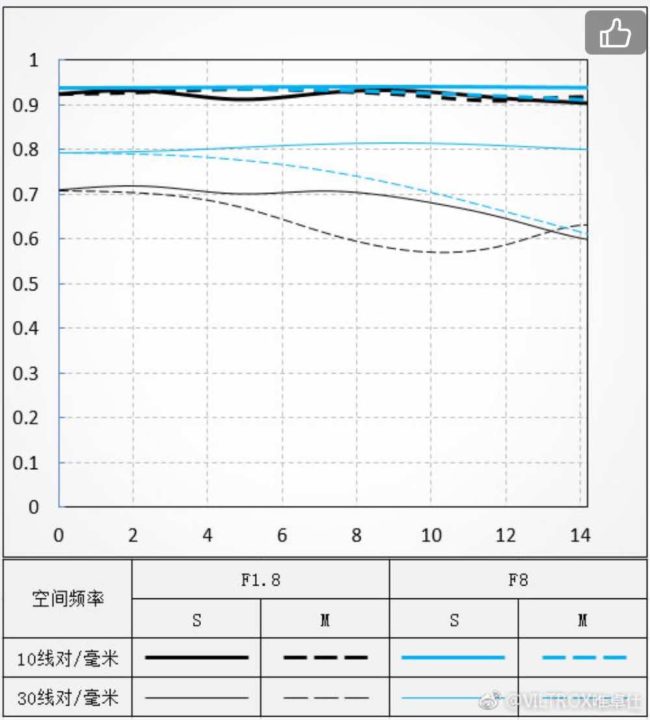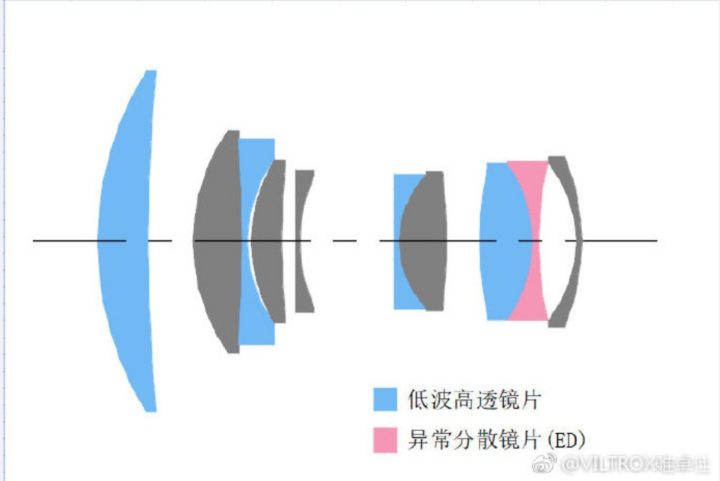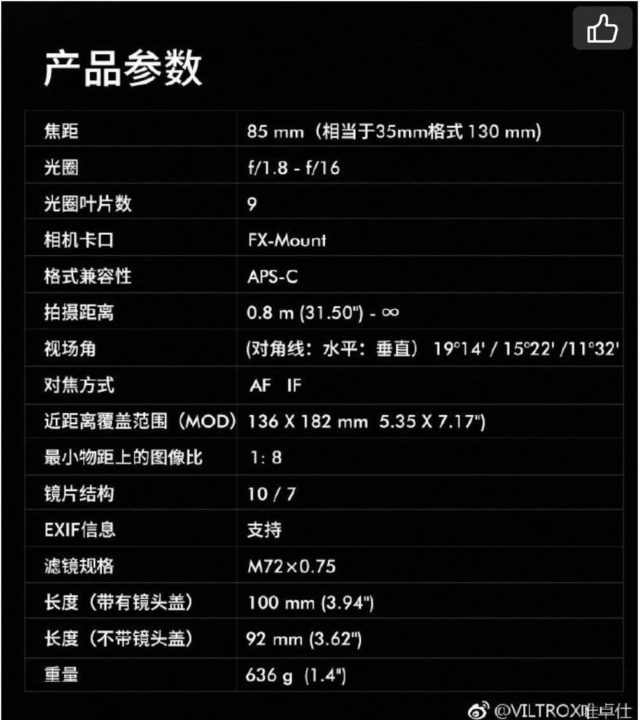Fujifilm X-T3: New Features Guide for Firmware 3.00
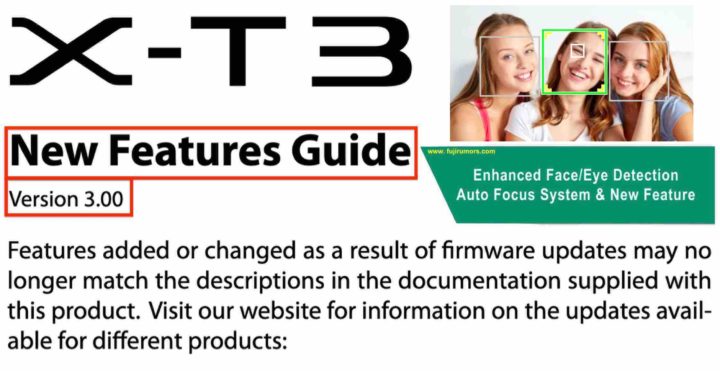
Fujifilm X-T3 New Features Guide
If I should judge from the amount of emails I have received in the last days, I’d say that you guys were more impatiently waiting for Fujifilm X-T3 firmware 3.00 rather than for Game of Thrones season 8 ;).
I promised you I will be ready to inform you 0.01 seconds after the firmware is published, and so I did.
And as usual, when a major firmware is released, Fujifilm has to update its Owners manual. So download now the Fujifilm X-T3: New Features Guide for Firmware 3.00 (PDF).
Some already asked for animal eye tracking, which is offered by Sony. Well, I remind you that this forgotten Fujifilm digital camera offered pet detection almost 10 years ago, so let’s hope Fujifilm will bring it to the Fujifilm X and GFX series, too.
Follow FujiRumors on Facebook, Instagram, RSS-feed and Twitter
- X-T3: BHphoto, AmazonUS, Adorama, Focuscamera
X-T3 Rumors, News and Community


